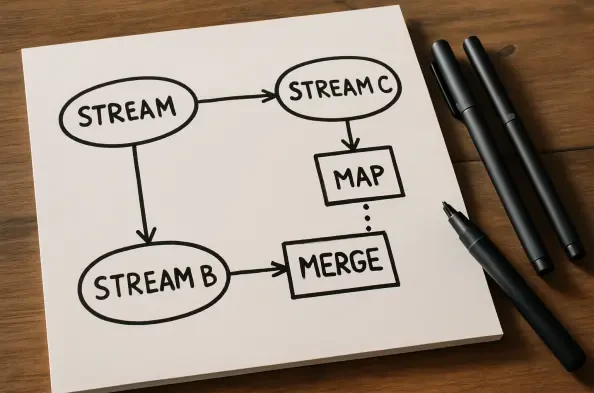Modern web development has reached an era where innovation meets necessity. As developers juggle multiple JavaScript frameworks, the search for a solution that adheres to standards while enhancing productivity becomes paramount. An exciting development in this space is Lit, a framework that challenges the status quo. By relying on the Mozilla Web Components standard, Lit provides a potential answer to a nagging question: Can it be the key to future growth in web components for reactive programming?
The Growing Need for Standardized Web Components
The realm of web development is diverse, often populated by popular frameworks like React, Vue, and Angular. Each promises unique solutions but leads to a fragmentation that disrupts uniformity in web application design. In this crowded arena, there’s an evident demand for a universal approach that simplifies complexity without compromising features, speed, or compliance. Current trends indicate a strong inclination toward frameworks that foster standardized components for a cohesive and dynamic user experience.
Unpacking Lit’s Advantages
Lit distinguishes itself by leveraging built-in browser capabilities grounded in the Web Components standard. This ensures not only compliance but also efficiency. Thanks to its minimalistic philosophy, Lit facilitates fast and cost-effective development processes. For instance, developers find it intuitive to implement complex UIs with minimal code. Case studies illustrate scenarios where Lit reduced time-to-market, enhancing user interface consistency across various applications. Its attention to compactness and speed makes Lit an attractive option in an industry seeking scalable solutions.
Insights from Experts
Thought leaders in the field of web development have increasingly turned their focus to Lit, advocating for its potential to revolutionize component-based architectures. Many developers, having shifted from other frameworks to Lit, share valuable insights into both the advantages and initial challenges of this transition. These testimonies often highlight improved workflow and component encapsulation without sacrificing performance. The expert consensus celebrates Lit’s focus on standardization as a promising evolution for the industry.
Practical Applications and Steps
Integrating Lit into existing projects requires careful planning to ensure a smooth transition. Understanding how to leverage its intrinsic features can significantly uplift a web application’s responsiveness and interactivity. By focusing on Lit’s minimalistic design, developers can maximize its reactive programming aspects to enhance performance. Examples include using Lit’s template literal syntax for greater flexibility and applying Lit-specific decorators to streamline state management. This approach guarantees that a project not only retains its original functionality but also gains enhanced efficiency.
Reflecting on Lit’s Potential
As the digital landscape evolves, Lit’s reliance on a standards-driven approach presents a transformative prospect. Its capacity to act as a bridge between current web practices and future technological advancements is hard to overlook. Through consistent adherence to standards while accommodating evolving demands, Lit offers a vision of an integrated web development environment where the complexity of managing multiple libraries diminishes, and consistency becomes the norm. Moving forward, the true test lies in Lit’s ability to sustain and enrich this emerging paradigm, pushing the boundaries of what web components can achieve.






